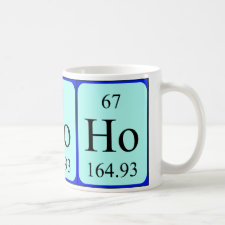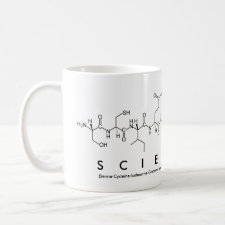
Authors: Bueno L, El-Sharif HF, Salles MO, Boehm RD, Narayan RJ, Paixão TRLC, Reddy SM
Article Title: MIP-based electrochemical protein profiling.
Publication date: 2014
Journal: Sensors and Actuators B: Chemical
Volume: 204
Page numbers: 88-95.
DOI: 10.1016/j.snb.2014.07.100
Alternative URL: http://www.sciencedirect.com/science/article/pii/S092540051400940X
Abstract: We present the development of an electrochemical biosensor based on modified glassy carbon (GC) electrodes using hydrogel-based molecularly imprinted polymers (MIPs) has been fabricated for protein detection. The coupling of pattern recognition techniques via principal component analysis (PCA) has resulted in unique protein fingerprints for corresponding protein templates, allowing for MIP-based protein profiling. Polyacrylamide MIPs for memory imprinting of bovine haemoglobin (BHb), equine myoglobin (EMb), cytochrome C (Cyt C), and bovine serum albumin (BSA), alongside a non-imprinted polymer (NIP) control, were spectrophotometrically, and electrochemically characterised using modified GC electrodes. Rebinding capacities (Q) were revealed to be higher for larger proteins (BHb and BSA, Q » 4.5) while (EMb and Cyt C, Q » 2.5). Electrochemical results show that due to the selective nature of MIPs, protein arrival at the electrode via diffusion is delayed, in comparison to a NIP, by attractive selective interactions with exposed MIP cavities. However, at lower concentrations such discriminations are difficult due to low levels of MIP rebinding. PCA loading plots revealed 5 variables responsible for the separation of the proteins; Ep, Ip, E1/2, Iat -0.8 V, Δ Idecay peak current to -0.8 V. Statistical symmetric measures of agreement using Cohen's kappa coefficient (κ) were revealed to be 63% for bare GC, 96% for NIP and 100% for MIP. Therefore, our results show that with the use of PCA such discriminations are achievable, also with the advantage of faster detection rates. The possibilities for this MIP technology once fully developed are vast, including uses in bio-sample clean-up or selective extraction, replacement of biological antibodies in immunoassays, as well as biosensors for medicine, food and the environment
Template and target information: protein, bovine haemoglobin, BHb, equine myoglobin, EMb, cytochrome C, Cyt C, bovine serum albumin, BSA
Author keywords: Biosensors, Electrochemical protein detection, Molecularly imprinted polymers, pattern recognition, modified electrodes, Electronic tongue



Join the Society for Molecular Imprinting

New items RSS feed
Sign-up for e-mail updates:
Choose between receiving an occasional newsletter or more frequent e-mail alerts.
Click here to go to the sign-up page.
Is your name elemental or peptidic? Enter your name and find out by clicking either of the buttons below!
Other products you may like:
 MIPdatabase
MIPdatabase









